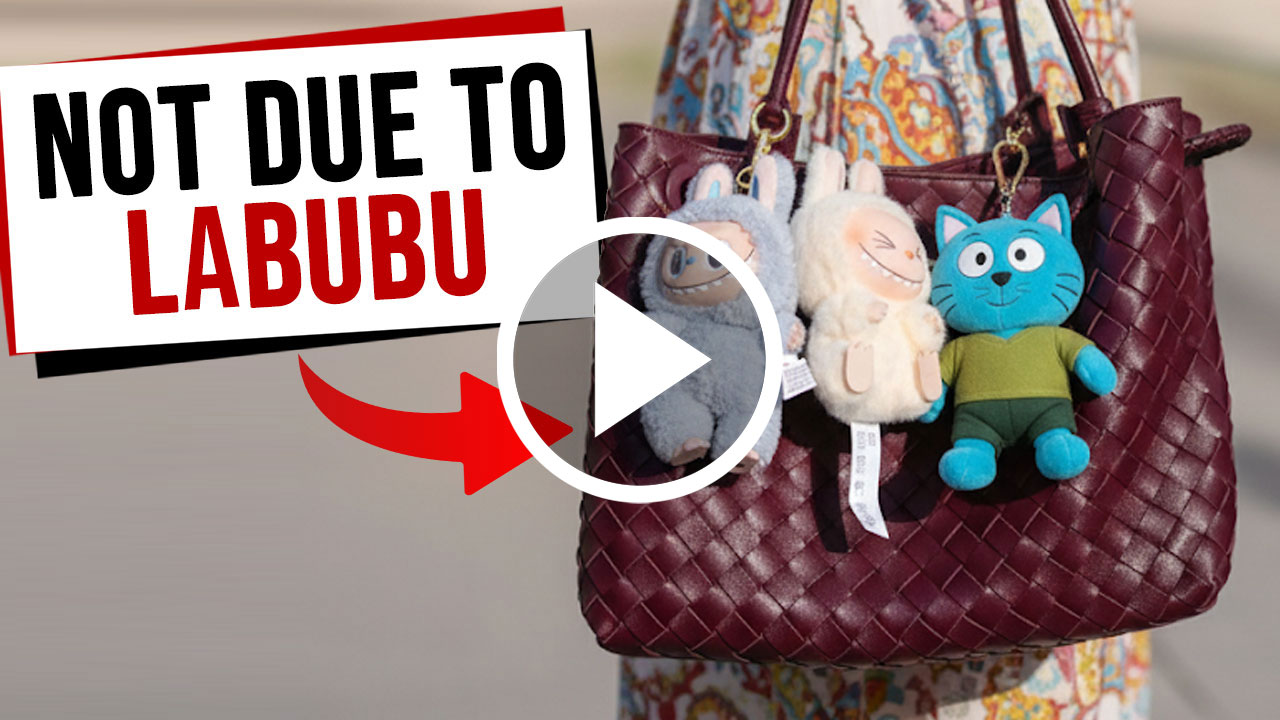Mmm, mentaiko salmon, takoyaki, sashimi and Unagi are all Japanese cuisine favourites.
Especially Unagi, that delectable Japanese eel we love so much.

Pro-tip: do yourself a favour and don’t Google pictures of eels. It ain’t pretty.
Can you imagine stepping into your favourite sushi joint one day, only for them to no longer have Unagi on the menu?
“Blasphemy!” you’d cry out.
“What is the meaning of this,” yells another voice in the distance.
Well, that could’ve been our reality because not too long ago, in 2013, our beloved, and very delicious freshwater snakes were nearly driven to extinction.
Yes, that would’ve been the end of affordable Unagi, since eels would then have to be imported to satisfy our appetites. I mean, prices are already expensive as hell as it is.

Let’s get into the specifics:
Fall In Number Of Eels Due To Overconsumption

For starters, according to The Guardian, the number of eels have fallen over the years and it is now a fraction of what it used to be back in the 1960s.
If that isn’t enough to shock you, get this:
The supply dwindled so much that the environment ministry declared the Japanese eel as an endangered species in 2013.
In 2014, the Japanese eel made it to International Union of Conversation of Nature’s red list of threatened species. To date, this list comprises 27% of all species.
The main culprit for the fall in the number of eels?
Overconsumption and environmental damage to the rivers and coastal areas where they are known to reproduce.
Yes, I’m looking at you, Japanese eel species killer.
Just kidding.
In Japan, Kabayaki, which is broiled eeled doused with a sweet soy sauce mixture is insanely popular. This probably directly contributed to the overconsumption.
Eel Prices Steadily Increasing
Needless to say, a fall in the supply of Japanese eels resulted in record-high prices, which are set to keep increasing.
The market price for adult eels rose to 5,300 Japanese Yen (about SGD$70) in 2018, which is about one and a half times higher than in 2017, according to the Eel Farmers Cooperatives of Japan.
Yes, there is an Eel Farmers Cooperatives. Wow.
There have even been talks to discuss the future of Japanese Eels by the Convention on International Trade in Endangered Species of Wild Fauna and Flora. Unfortunately, nothing of essence has come out of it.
How Farmers And Establishments Are Coping
Retailers like supermarket chain Aeon (they’ve quite a number of outlets in Malaysia) have resorted to ditching the Japanese eel altogether in favour of the cheaper short-fin eels, which is usually found in Indonesia, according to the Asahi Shimbun newspaper.
On the other hand, The Straits Times reported that Japanese eel farmers have begun fattening up their fishes in a bid to cope with the price surge following the fall in supply.
Yikes, obese Japanese eels.
They’ve even gotten the thumbs up for this method by the Union of Eel Farmers of Japan.
How Eels Are Grown
In case you’re interested in a job switch to pursue eel farming, eels are caught in the ocean and are raised in ponds until they’re adults.
It takes around 1.5 years for the Japanese eel to reach the perfect size for kabayaki dishes.
Moral of the story?
Switch to Salmon for the time being, alright?





